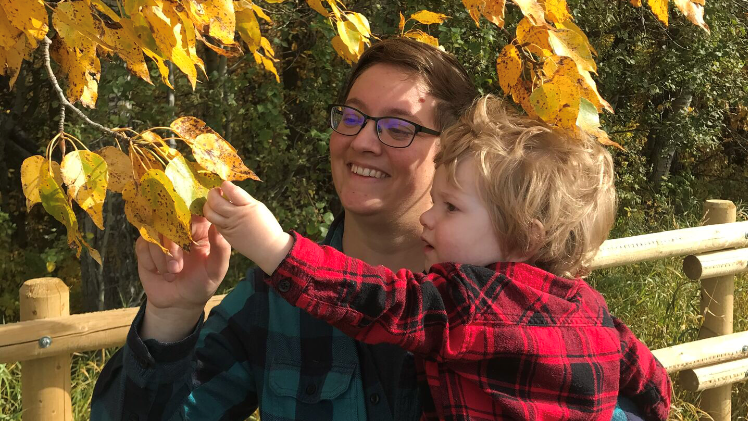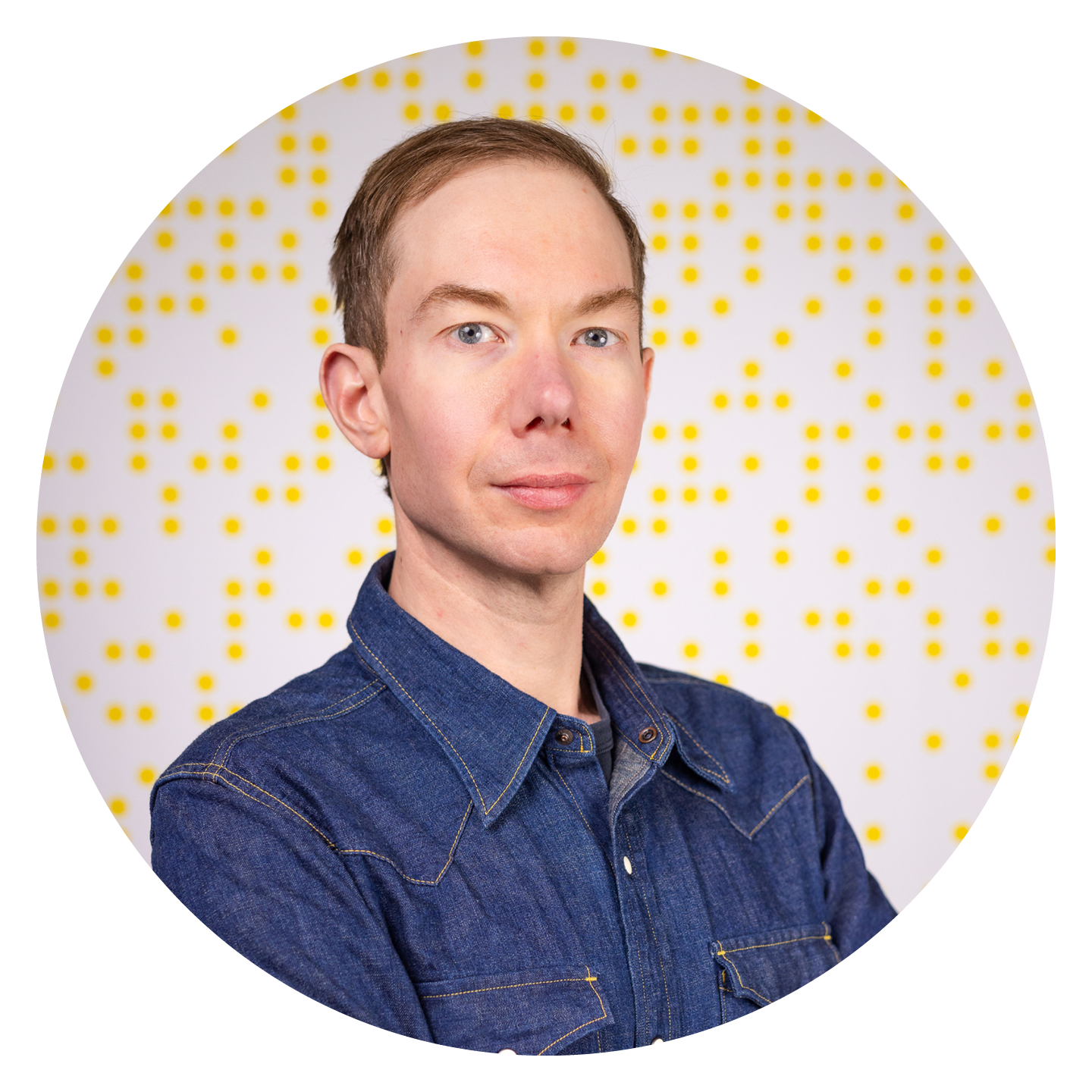Meaghan Ray (they/them) is a graduate student in the Faculty of Rehabilitation Medicine within the College of Health Sciences, researching issues around chest binding. They've recently received two awards, the Alberta Innovates/AbSPORU Graduate Studentship in Patient-Oriented Research and the Ronald Gordon Rowswell- O'Connor Graduate Award from Fyrefly Institute to support their research. I was able to connect with Meaghan Ray to learn more about what their research is, their motivations and their experiences as a graduate student at the U of A.
Can you tell us more about yourself and your research?
I am a nonbinary person and one of the things that I heard about a lot when I became involved in the trans community was chest binding. People who want to be 'read' by other people as masculine but who have to wait years to have top surgery often wear a compressive tank top to flatten their chest. People would complain about symptoms like pain, overheating and difficulty breathing, asking if this was normal. There was a general response of either 'no, you're doing it wrong' or 'yes, we all have those symptoms, it's just something you have to put up with.' This didn't seem right to me, but when I looked online, there was nothing about what symptoms or side effects chest binding can cause and how to manage them. The community-generated guidelines simply said if you have pain, stop binding.
I'm also a physiotherapist. I know a lot about biomechanics, physiology, pain and ways of managing chronic symptoms with stretching and exercise. It made sense to me that wearing a tank top that was compressive enough to flatten your chest would also affect the tissues underneath, including ribs, lungs and spine. Being a member of the community, I also understood that 'stop binding' was just not an option for most people who bind their chests. So I decided to return to grad school to look into this further.
I recently completed my MSc in rehabilitation science, where I conducted a detailed survey asking about binding symptoms and symptom management using a patient-oriented, harm reduction approach. I am in the process of translating my results into community accessible formats, presenting it at conferences and trying to get it published. I moved on to my PhD this fall, where I will be doing physiological measurements looking at the effects of binding. I am working towards developing a self-management guideline and a health care provider practice guide for treating chest binding related symptoms.
I also do lots of advocacy work — running safer chest binding workshops, doing talks, webinars and workshops for health care professionals and students about 2SLGBTQ+ inclusion in health care, promoting better health research through appropriate sex and gender-based analysis, and consulting on a number of other research projects related to areas of trans health care and trans inclusion.
What motivates you to work in this area?
I am a health care professional with high health literacy, understanding of the health care system and a general comfort in hospital and clinical settings and I still struggle to book needed appointments for fear of discrimination and microaggression. It is so much worse for people in my community who don't have the background in health care that I do, especially youth and anyone with overlapping marginalizations.
What is one challenge you want to solve through your work?
I want 2SLGBTQ+ people to have access to safe health care from knowledgeable providers.
How might this research have a positive effect on our community or the wider world?
Health care that is accessible and adaptable to the most marginalized in society is health care that will better meet the needs of everyone, including those with the most privilege. Canada is not the only country where trans people struggle to get the care they need, and we are certainly not the worst. Any strides we can make to do better health research, develop clinical practice tools and implement policies that include and support the most marginalized will be available to providers in other countries who are also hungry for this information and change.
What makes the U of A a great place to do your work and research?
For me, the U of A is a refuge. Working in the hospital as a nonbinary person is exhausting. At the U of A, I am recognized for who I am as a whole person. I can bring all parts of myself into my work — my personal experiences, my clinical knowledge and my passion and curiosity as a researcher and teacher. My program promotes interdisciplinary collaboration and has fostered networking between universities across Canada with similar programs. The campus is small enough that I can walk between where I teach, where I do research and where I take classes, all in different departments and buildings. The GSA is a huge asset for grad students like me who try to get the majority of our income through the university via teaching or research assistantships. Many universities pay their grad students close to minimum wage, whereas at the U of A, thanks to the GSA, we are paid a professional wage that recognizes our expertise and value. Without this, I would not be able to attend school full-time.
Is there anything else you want to share about your work and research?
Anyone who is interested in or currently working in the area of trans inclusion, please reach out! I'd love to connect and collaborate.
What is one piece of advice you'd offer to other U of A students interested in research?
Find a topic that is personally relevant to you that you are passionate about. Something that you can't stop thinking about. Something that, when someone asks what you are researching, your face lights up and you start talking twice as fast. THAT is where you want to spend your energy. Don't settle for working on a piece of someone else's project when you could be working on something you really care about.
Research and graduate studies, in general, can be lonely work. Find ways to do your work that work best for you. Want to work from home but need more human contact than that? Set up a Zoom working time with friends. Want to have the accountability of a communal working space? Talk to your department or supervisor and see what you can set up if there isn't already one available, or find a space in the library to work with a friend. Struggle with getting your writing done? Check out resources for creative writers who also work in isolation with deadlines that are months or years ahead. There are always ways to make your schedule and environment work for you, you just have to be a bit creative and reach out for advice before you are struggling.

